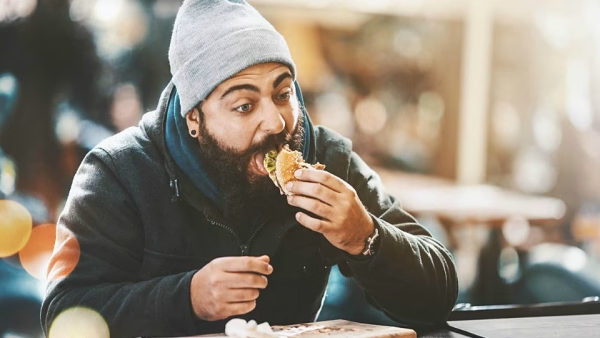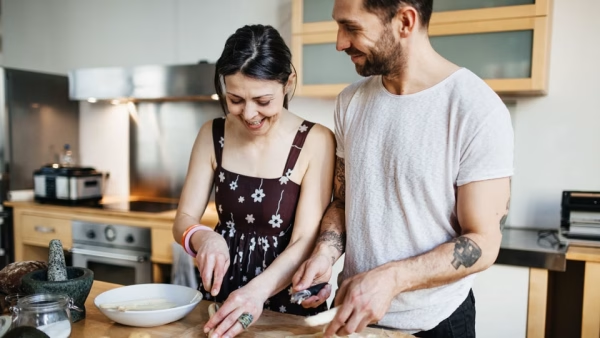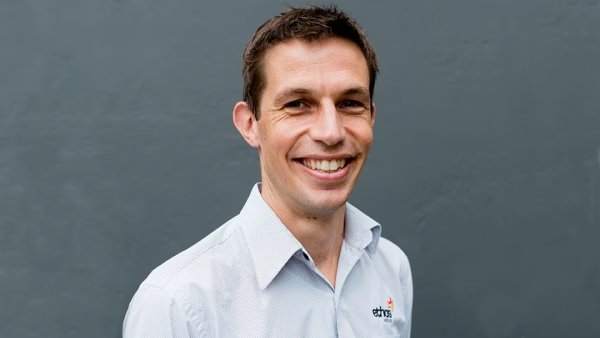Is your child developing bad posture? Here’s what to do
It’s important to get onto poor posture in children early
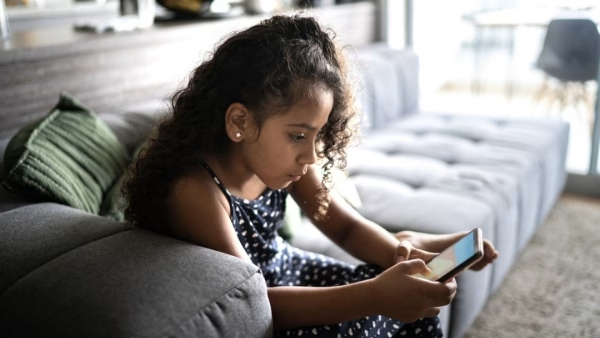

Back pain among Australian kids is surprisingly common, with poor posture one of the main contributors in children and adolescence. However, if kids form good habits early, they’re likely to maintain them into adulthood, says physiotherapist Chris Morton from Ethos Health, so it’s important to get onto poor posture in children early.
“Good posture in kids looks the same as good posture in adults,” says Chris. “We’re looking out for shoulders that aren’t too rounded and a neutral spine – not sitting particularly tipped forward or back in the shoulders.”
According to the Royal Children’s Hospital Melbourne, correct posture (both sitting and standing) is where the ear, shoulder and hip fall in a straight line when looking side-on.
Just as with adults, good posture is important to prevent back pain in kids, as well as other complications including spinal dysfunction, aches and pains, muscle fatigue and headaches. Adults and kids with pain are also likely to be less active, making it harder to maintain a healthy weight, says Chris.
Related: The best ways to reduce or eliminate lower back pain
What causes poor posture in children?
Several factors can affect kids’ posture, such as their activity levels, age, gender, height and weight and, less commonly, genetic conditions. The position they sit in at school and home can also make a huge difference.
“When a child is sitting on the sofa or up at the dining table, we need to remember they’re sitting on furniture that’s designed for adults,” explains Chris. “It’s very easy for an adult to sit with correct posture, as their thighs extend past the edge of the seat. But when a kid is sitting with their back against the back of the chair or couch, it’s unlikely their feet can reach the ground. It can be a little bit difficult for kids to have really good sitting posture if we’re putting them in an adult seating environment.”
The weight, size and packing of a schoolbag, as well as the way children wear them, can also impact posture and has the potential to cause back pain in kids. When children wear a heavy backpack over one shoulder for many of their schooling years, they can develop poor posture and chronic back, neck and shoulder problems that persist into adulthood.
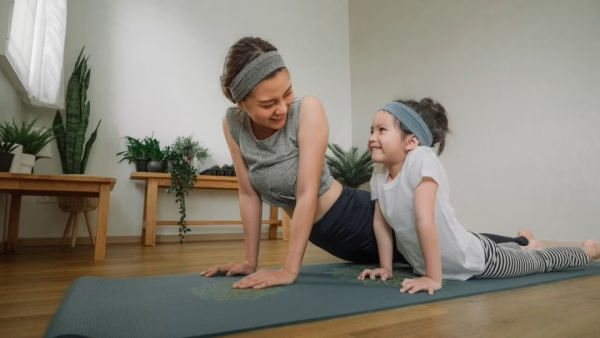
How can I improve my child’s posture?
One easy way to help kids with their posture, says Chris, is by ensuring they have furniture suited to their size.
“That goes for particularly tall or short adults too – we need our furniture to fit our bodies,” he says. “It’s the reason primary school classrooms have small furniture!”
When it comes to bag-related back pain in kids, there are a few easy ways to combat these issues:
Choose a backpack (rather than a single-strap bag) that’s the right size for your child – not too big! – and make sure they wear it over both shoulders.
Be sure your child’s school bag doesn’t weigh more than 10% of their body weight and pack it with the heaviest items closest to your child’s back.
When they’re wearing the backpack, make sure the base of the bag is just above your child’s waist and not slung low over their bottom. One sure-fire sign the bag setup needs tweaking is if your child has to lean forwards to carry the bag. If that’s the case, lighten the load, adjust the straps and check the size and packing.
Encouraging kids to get active every day is another way to help prevent poor posture in children.
“Make sure you are limiting screen time and getting them moving around, engaging in activity that uses different muscle groups, so there’s variety in their activity,” advises Chris. “Make sure they’re living an active lifestyle where they’re running, jumping and getting in a variety of postures and positions.”
Where can I go for help with my child’s posture?
For professional help improving poor posture, speak to a physiotherapist, chiropractor or osteopath.
Related: Osteo vs chiro vs physio: What's the difference?
If there are underlying causes of poor posture and back pain in kids, such as being overweight or a genetic condition, visit your GP for advice. It’s also worth noting that poor posture is sometimes a symptom of kyphosis, a condition where the back becomes rounded, particularly during puberty. If you’re concerned, talk to your GP.
If your family has Extras cover with nib and you would like to make an appointment to see a physio, chiro or osteo, make sure you contact us before booking an appointment to ensure the provider is recognised by nib and that your child is entitled to receive a benefit before making a claim.
If you’re not with nib, but you’d like to find out more about our Extras cover options, get a quote today or contact our award-winning member service team on 13 16 42.
Please note: The tips throughout this article serve as broad information and should not replace any advice you have been given by your medical practitioner.
Search our First Choice network physio providers to get the most out of your nib Extras cover. Find a Provider.
Are you at risk of heart disease? 12 signs you need to know
We've put togther 12 risk factors for heart disease
Getting headaches? Here’s what you need to know about eye strain
Here are some tips on relieving your eye strain symptom from an optometrist.
8 healthy habits to start in your 30s
It's the perfect time to lay the foundations of good health
Physiotherapist Chris Morton
Chris Morton is a physiotherapist with more than 15 years’ experience who regularly lectures at the University of Newcastle. He’s the operations manager at Ethos Health (part of the nib First Choice Network), where he manages research and product development projects while also treating clients with muscle, joint and soft-tissue pain. His go-to karaoke song is Ice Ice Baby.


